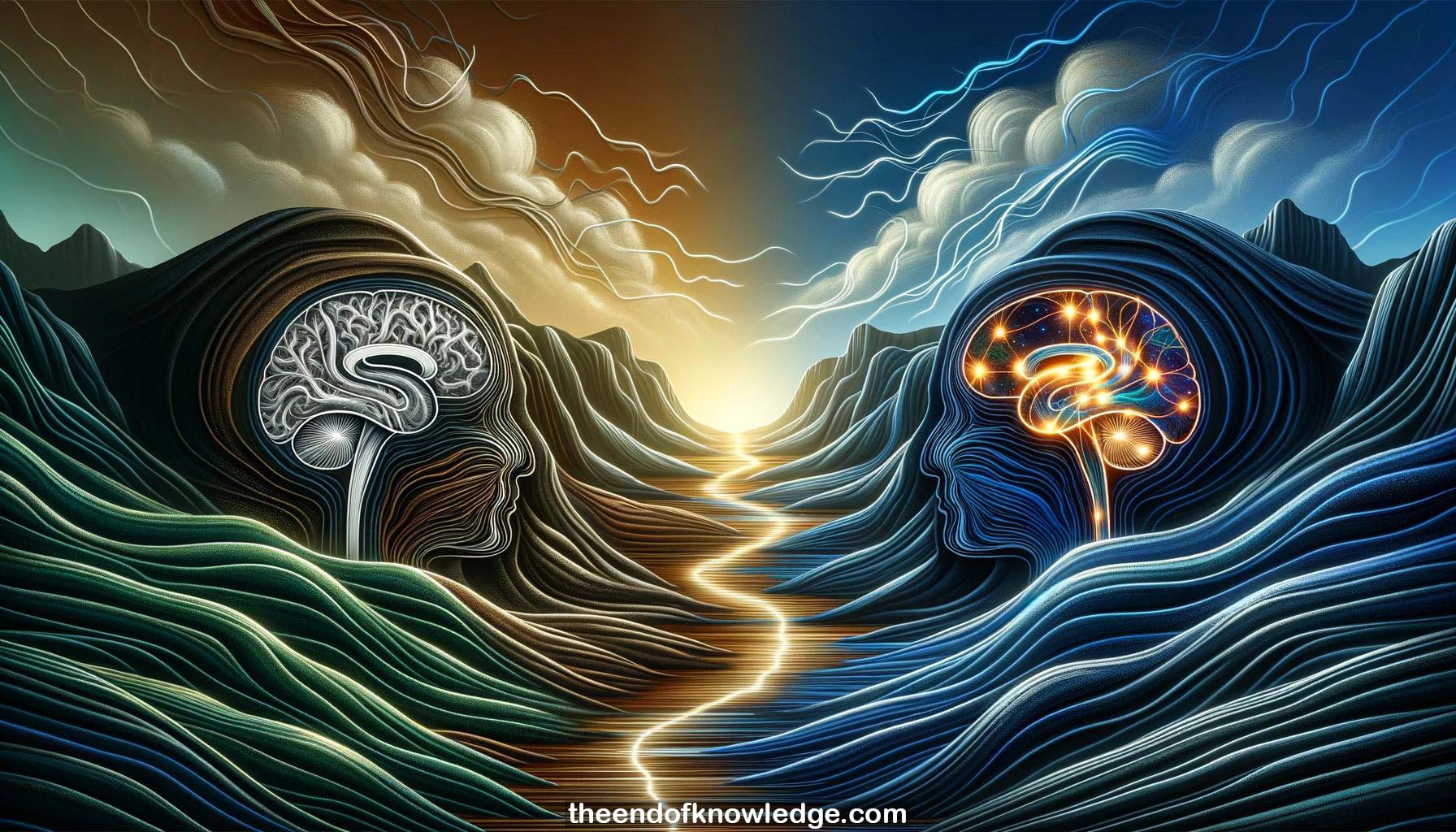 >
>
Concept Graph & Resume using Claude 3 Opus | Chat GPT4 | Llama 3:
Resume:
1.-Francois Bonnetblanc discussed using direct cortical responses and cortical evoked potentials to guide brain tumor surgery and understand evoked electrogenesis.
2.-Key objectives are identifying anatomical connectivity intraoperatively, reinforcing intraoperative neural monitoring, and understanding evoked electrogenesis for effective brain neuromodulation.
3.-Macro-stimulation is less invasive than micro-stimulation but has selectivity issues. Early research combined surface recordings with invasive unitary extracellular recordings.
4.-Goddring applied the DCR technique to neurosurgery. Matsumoto uses CCP to map connectivity in epileptic patients. Current use is for tumor surgery.
5.-Surgical issues include taking margins in functional tissue and avoiding disconnection syndromes. Online real-time functional monitoring is used in awake surgeries.
6.-Brain-to-brain evoked potentials are being developed to expand intraoperative neural monitoring, especially under general anesthesia since imaging guidance has limitations.
7.-Measuring good evoked responses intraoperatively is complex due to many electrodes, stimulation artifacts, and the surgical environment. Careful technique is required.
8.-Stimulation uses a bipolar electrode at 1-10 Hz and 0.25-3 mA. High sampling rates (19.2 kHz) are used with minimal filtering.
9.-Key evoked potentials are DCR (stimulation and recording on same gyrus), ACEP (white matter stimulation, cortical recording), and CCP (cortico-cortical).
10.-Literature shows some variation in waveforms but a consistent N1 negative potential across DCR, ACEP and CCP. P0 and N2 also sometimes seen.
11.-Despite stimulation differences, canonical waveforms with N1 are seen for DCR, ACEP and CCP, mainly reflecting the cortical output.
12.-For true long-range potentials, a delay, attenuation and dilatation should be seen compared to the short-range potential due to conduction velocity.
13.-Some non-canonical waveforms are occasionally seen, like polarity inversion or oscillations, but are not well understood. Most are the canonical N1 waveform.
14.-The N1 is considered a summation of excitatory postsynaptic potentials at apical dendrites. Linear relationship exists with unitary extracellular responses.
15.-Despite stimulation differences, the N1 waveform is similar for DCR and ACEP, reflecting activation of large diameter axons. Some EPSP differences seen.
16.-Time-frequency analysis shows increased DCR gamma activity during N1 relaxation phase compared to ACEP, possibly reflecting activation of horizontal cortical connections.
17.-The P0 potential, occurring before 8 ms, is considered a summation of synchronized action potentials on directly activated large axons.
18.-The P0 is a marker of direct anatomical connectivity and can be used to calculate conduction velocities, but is difficult to measure.
19.-Conduction velocities calculated from the P0 are realistic based on axon diameters. The N1 peak should not be used as it underestimates velocity.
20.-Modeling axonal activation from stimulation is being researched. Factors include the conductive volume, axon properties, and stimulation orientation relative to axons.
21.-Challenges include limited resolution, finding the "hotspot" of activation, and removing stimulation artifacts. Using multiple measures can help validate long-range potentials.
22.-High sampling rates, amplitude resolution, no hardware filters are important for good recordings. Alternating stimulation polarity may be helpful but under-researched.
23.-Classical stimulation parameters like intensity, pulse width, and frequency are not well characterized in terms of effect on the evoked response.
24.-Increasing stimulation frequency causes a slow negative drift and attenuation of the N1 response. High pass filters can obscure this effect.
25.-Future research directions include data fusion with imaging, measuring connectivity in real-time, and using evoked responses to guide tumor resection margins.
26.-However, the underlying electrophysiology needs to be better understood first. Source localization and generator modeling are lacking compared to spontaneous EEG research.
27.-The research team includes PhD students Clotilde, FÃlix and Olivier, collaborating with clinicians in Montpellier, Paris and Japan (Prof. Matsumoto's group).
28.-Stimulation intensities are 0.2-3 mA with a bipolar probe for tumor surgery, lower than epilepsy grids due to current density considerations.
29.-Impedance is not routinely measured. Artifact prevents recording during the stimulation pulse itself. Frequencies are kept low to avoid after-discharges and seizures.
30.-The team uses standard ECoG and is focused on the electrophysiology. Future work may look at pain and other functional networks.
Knowledge Vault built byDavid Vivancos 2024